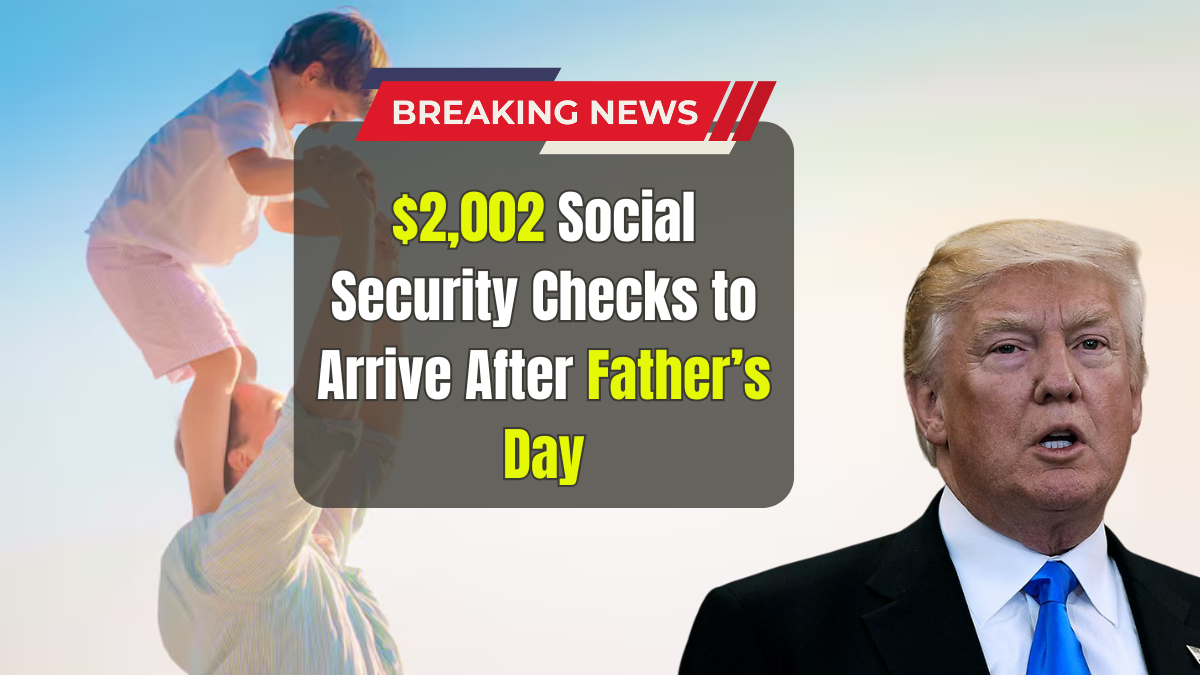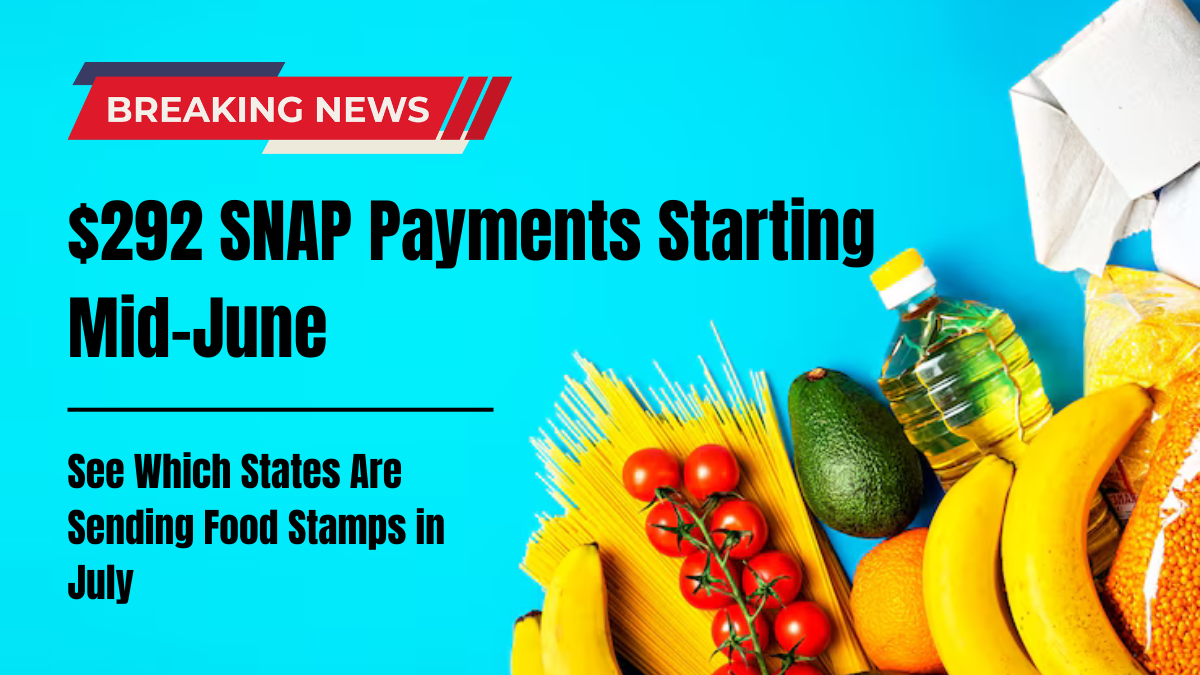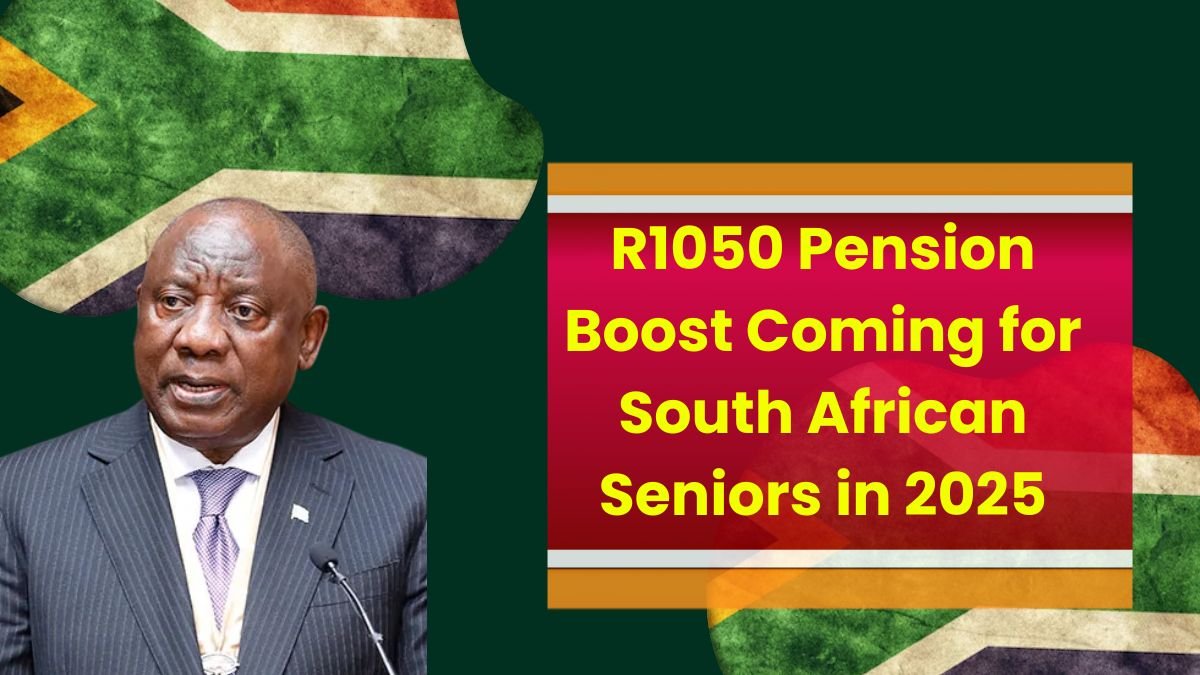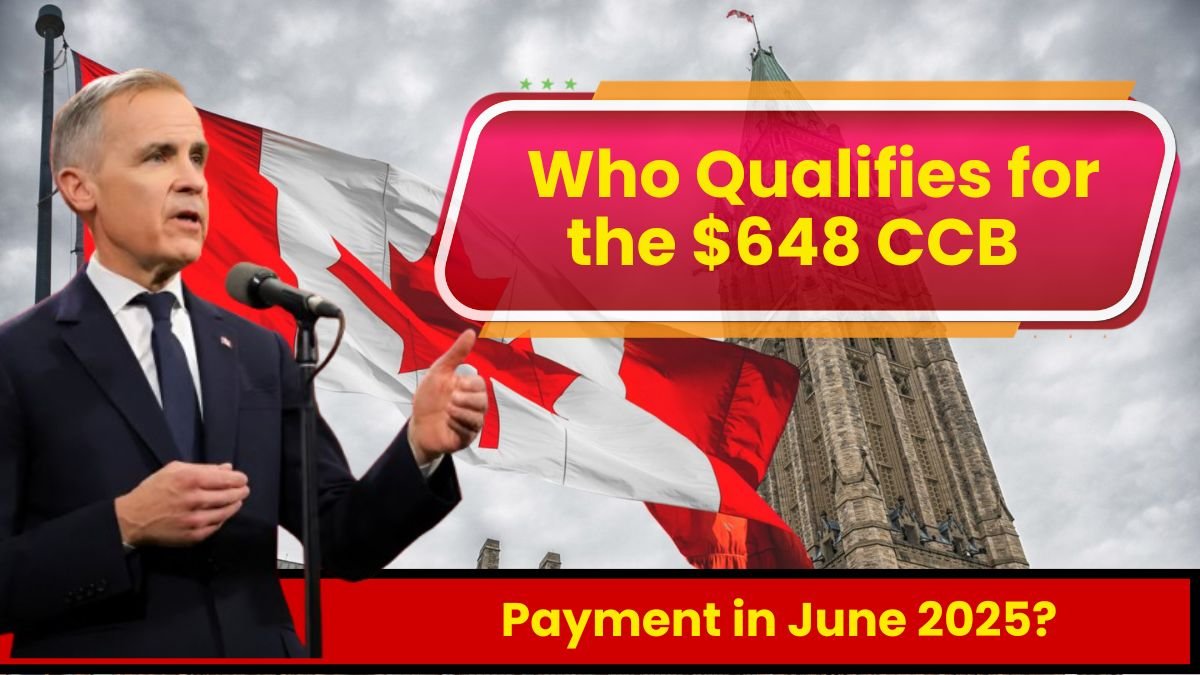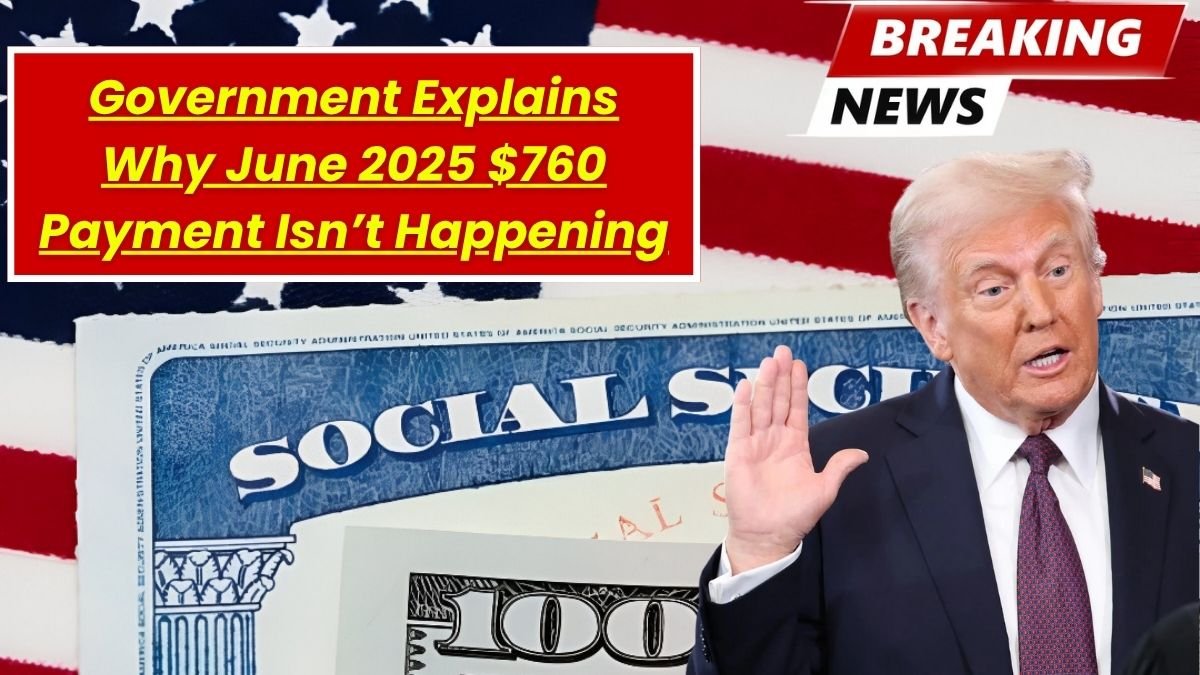Just think about DWP how much it would mean not to pay a penny in taxes on improvements to your income of thousands of pounds each year? It seems a little odd, but millions of people in the UK will be able to do so in 2025, and they will be doing so, if they understand how to correctly use the rules set by the government.
In the 2025-26 tax year, you can earn up to £18,570 completely tax-free, without filling out any complicated forms or applying anywhere. Let’s know in detail how this is possible, who can benefit from it, and what you have to do.
What is £18,570 tax-free income?
First of all, be aware that this is not an amount of cash from a government scheme or DWP. This is a clever collection of three different tax allowances – which can save you tax on your income!
These include:
- Personal Allowance
- Starting Rate for Savings
- Personal Savings Allowance (PSA)
If you are a pensioner, have a part-time job, are a freelancer or a large part of your income comes from savings, then these rules are especially beneficial for you.
Let’s understand these three allowances in detail:
Personal Allowance – £12,570

This is the most basic tax allowance that every British citizen gets.
This means that you will not pay any income tax on income up to £12,570 each year. Whether this income is from your job, pension, rent or some government benefits – if the total amount is less than this limit, then you will be taxed at zero.
🔹 Example:
If your annual pension is £11,500, then you will not have to pay any tax because it is less than the personal allowance.
Starting Rate for Savings – £5,000
Now let’s talk about interest on savings.
If your non-savings income (such as pension or salary) is less than £12,570, you can earn up to £5,000 in interest tax-free.
But there is a rule:
- As your non-savings income increases, the £5,000 limit will decrease.
- For every £1 more you earn, your allowance will decrease by £1.
🔹 Example:
Suppose your pension is £10,000, you can earn £5,000 in interest tax-free from savings.
If your pension is £13,000, your Starting Rate allowance will decrease to £4,570.
Personal Savings Allowance (PSA) – £1,000
This allowance is specifically for those who are basic rate taxpayers (20%). This means that if you earn up to £1,000 from interest on savings, then you will not have to pay any tax on it.
- If you are a higher-rate taxpayer (40%) then this limit is reduced to £500.
- This allowance is not available for additional-rate taxpayers (45%).
🔹 Example:
If you have made some fixed deposits in the bank and you get £900 interest on it in a year, then it will be completely tax-free (if you are a basic rate taxpayer).
Who can take advantage of tax-free income up to £18,570?
You have to fulfill some conditions to get this benefit:
- You should be a resident of the UK.
- Your non-savings income is £12,570 or less.
- You have interest income from your savings.
- You are a basic-rate tax payer.
This scheme is particularly beneficial for:
- Pensioners who have some savings
- Low-income workers
- Part-time workers
- Students who have savings
- Small investors whose savings are earning good interest
- Easy ways to take advantage of tax-free income
Now that you know how you can save tax, let’s see how to apply it:
Divide your income into categories
- Divide your total income into two parts:
- Non-savings income (such as pension, salary)
- Savings income (bank interest, bond income)
This will help you easily understand which allowance will apply to which of your income.
Take advantage of ISAs (Individual Savings Accounts)
An ISA is an account where you can save up to £20,000 tax-free each year.
This income is separate from the three allowances mentioned above, meaning you can take advantage of both at once.
🔹 Example: If you put £20,000 into an ISA and you earn interest on it, that will also be tax-free, regardless of your other income.
Spouses plan together
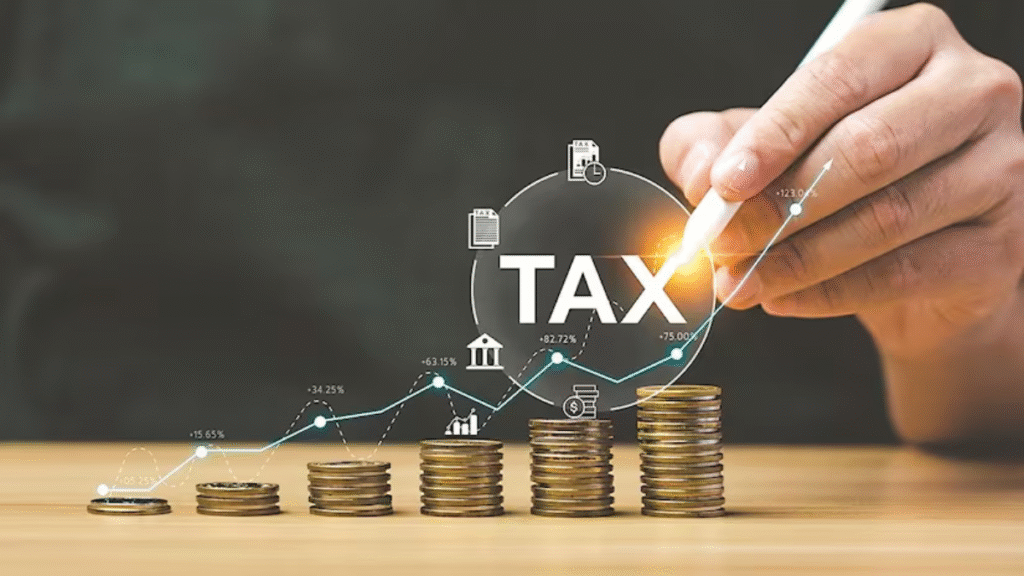
If you’re married or in a civil partnership, both partners get these allowances.
This means that together you can earn up to £37,140 tax-free if you plan properly.
🔹 Example:
Husband’s income is £12,500 and interest is £6,000, wife’s income is £11,000 and interest is £5,000 — then no tax will be charged on both.
Use HMRC’s online tools
- HMRC has a free income tax calculator on their website.
- This will help you easily check whether you will have to pay ta
- Consult a tax adviser
- If you have multiple sources of income or are unfamiliar with the tax code, it’s a good idea to consult a financial adviser.
- They can help you work out how to avoid tax in a completely legal way.
Conclusion:
In the UK, if you have a little financial knowledge and use the government’s tax allowances correctly, you could pay no tax on up to £18,570 of income each year.
This is especially useful for people who live on limited incomes – such as pensioners, part-time workers or people earning interest on savings. If you have not yet taken advantage of these allowances, do not miss this opportunity in the 2025-26 tax year.
FAQs
1. What is the DWP £18,570 tax-free income scheme for 2025?
This refers to the total amount of income certain individuals can receive tax-free in the 2025–2026 tax year, combining personal allowance and DWP benefits.
2. Who is eligible for the £18,570 tax-free income?
Eligibility includes individuals who receive Personal Allowance (£12,570) plus qualifying DWP benefits (like Carer’s Allowance, Pension Credit, etc.) that are not taxable.
3. Is this amount available to everyone in the UK?
No, the full tax-free income depends on your income sources and circumstances. Some people may qualify for the full amount, others only partially.
4. Do I need to apply to receive the £18,570 tax-free benefit?
No separate application is required. HMRC automatically applies the personal allowance, and DWP benefits are assessed based on eligibility.
5. Are all DWP benefits tax-free?
No. Some DWP benefits like Universal Credit and Carer’s Allowance are tax-free, while others like State Pension may be taxable if your income exceeds the threshold.


